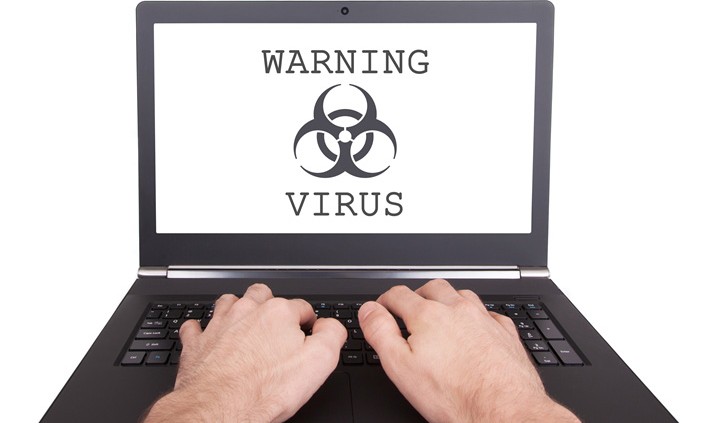3 Basic Tips for Limiting Your Exposure to Malware Infection
It’s happened to everyone at some point, so don’t feel like you are the only person that ever had to deal with it. At the office or at home, you notice your computer is taking forever to boot up then (when you finally see your beloved desktop on your screen) you might be waiting another five minutes before your browser actually starts working because your computer is running really slow – and just forget about trying to navigate multiple tabs on your browser because the next thing you see is a lot of pop-ups or various ads that are embedded, and possibly the “blue screen of death”. It’s more than annoying, it’s absolutely frustrating! This can only mean one thing: your computer has just been infected with malware.
What is Malware? How can I tell if my PC is infected?
The term “malware” refers to any type of malicious software, or program that can do damage and/or unwanted actions on your computer in a particular way. They can be just annoying or they can actually do some harm. Different types of malware include viruses, adware, spyware, Trojans, or worms – really anything malicious that can infect your computer. But, just like the common cold or flu, you should be able to recognize the symptoms early so you can take care of it before something goes seriously wrong.
Adware, for example, usually installs a program that contains ads and then embeds those ads in your web browser. You may notice your default search engine change from Google or Yahoo to some obscure website, like Conduit.com or Safesearch.com. This type of malware won’t necessarily delete any of your files but it can be extremely annoying and difficult to get rid of. In addition, when you start using the search engine that’s been embedded, it will actually continue to infect your machine with more and more adware until it’s so infected that you can’t really use your computer at all.
Spyware, on the other hand, refers to programs that run in the background and collect information from you, like your email or browsing habits, usernames and passwords, and even your credit card number. In most cases, if you’re not running an anti-spyware utility, you won’t even know the software has been installed on your computer. The problem is, if spyware is left to run unchecked, it will eventually transmit all your sensitive identity information to some criminal half way around the globe via the World Wide Web.
Viruses, like worms and Trojans, can do real harm to your PC and can especially wreak havoc with your operating system, causing you to lose your files to the point you have to re-install Windows from scratch. There are several types of viruses, including some that will encrypt your personal files so you can’t access them anymore, or others that hide in the background and log your keystrokes every time you enter a username and password, so some criminal can now pretend to be you and do some online banking of their own – leaving you holding the bag.
How Do I Limit My Exposure to Malware?
Things to Consider
When you look at it, these days it’s very easy to get infected but those are some basic ways that you can limit your exposure to malware. Everybody’s got to surf the net, install programs, and answer emails but exposure to malware increases every year and becomes more difficult to remove. It’s very easy to get a virus on your PC. Just remember that anything you click online is a risk for infection and always be mindful of that because there’s no 100% protection against malware infection.
about the author
Ashley Smith-Jenkins
Ashley has vast experience in the information technology field relating to computer and network services, including web development. For the past 20 years, Ashley has provided computer consulting and implementation for his customers. Ashley’s educational experience includes a Bachelor’s in Business Administration at the California State University of Fresno, as well as a being a Fluke Networks Certified Cabling Test Technician (CCTT), and CompTIA A+ Certified. | LinkedIn
Fill Out The Form Below To Schedule Your Network Health Check.
This service (normally $197) is FREE if you act TODAY!!
Our FREE Network Health Check will look for any problems in your IT network and make recommendations. At no charge, a senior technician will come to your office to perform a thorough 27-point network audit to look for security loopholes, hidden viruses and spyware, and other lurking problems. During the health check, we will:






